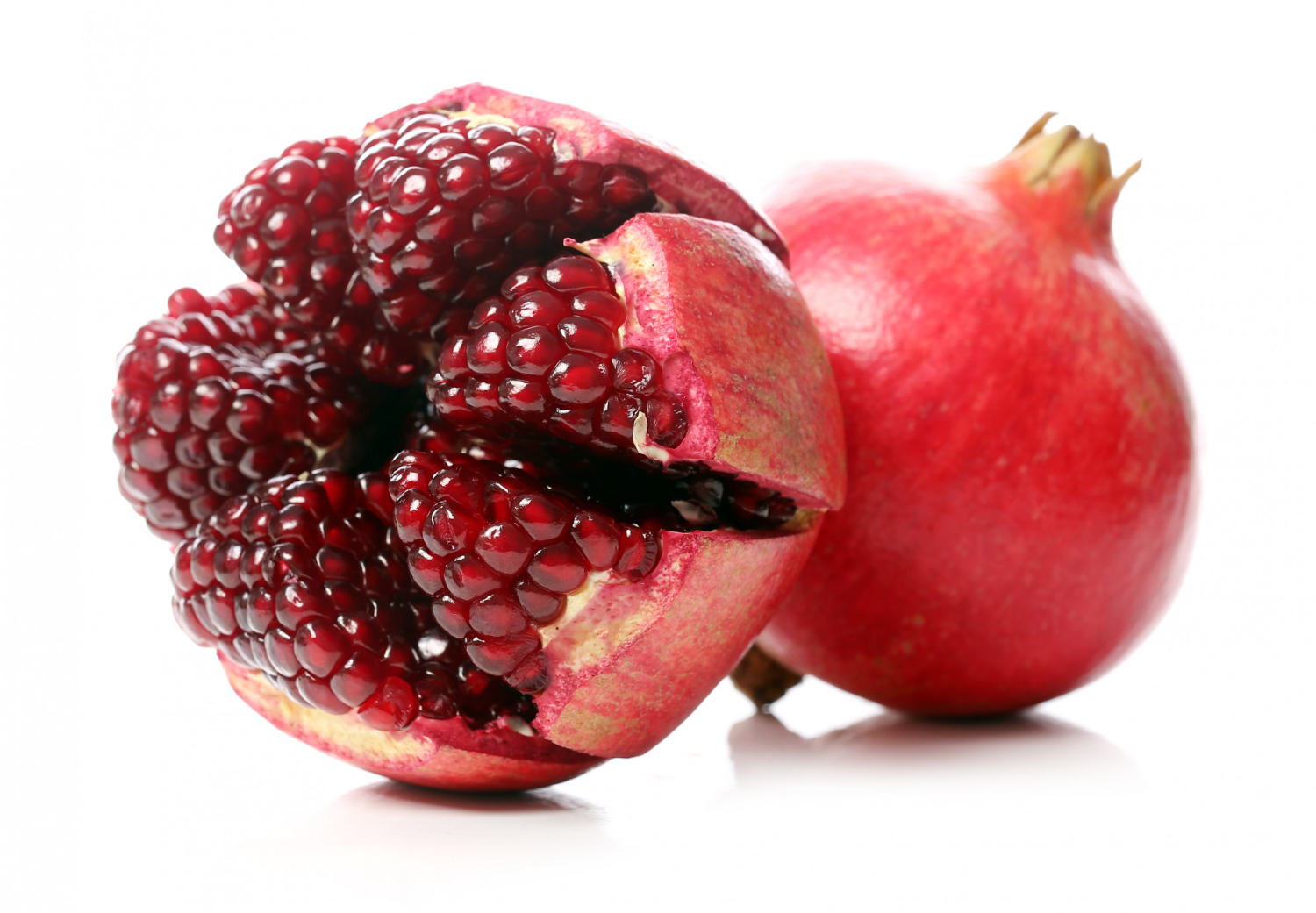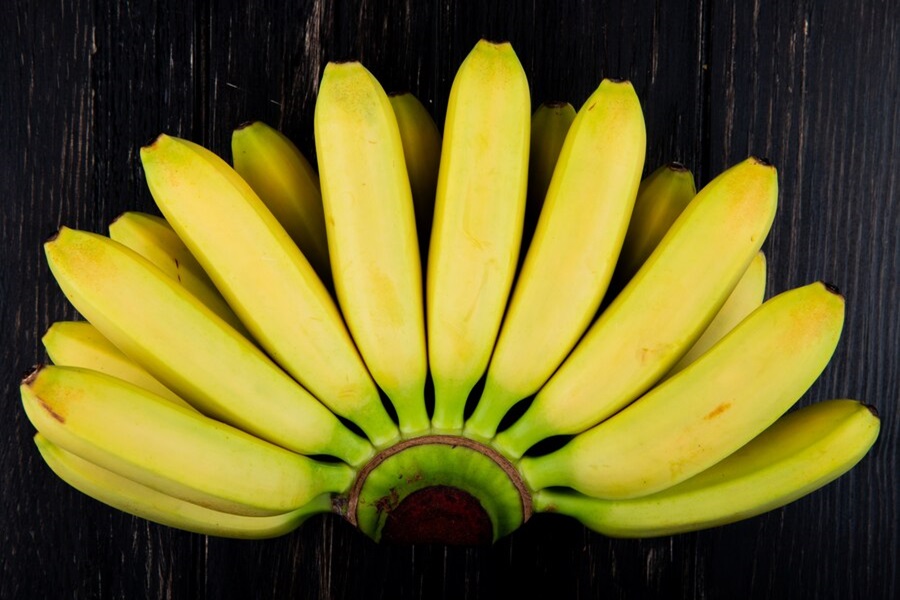Follow Us:
-
-
Call: +91 82751 39923
-
Email: ask@carverfarms.in
Pomegranate



Introduction
Seasonal Dynamics and Procurement Regions
India is one of the leading producers of pomegranates, with cultivation spread across various states, each contributing to a staggered harvest season. This ensures a continuous supply of fresh pomegranates throughout the year.
Maharashtra:
Season:
- First Season: June to October
- Second Season: November to March
Procurement Regions:
- Aurangabad: Known for its large-scale pomegranate orchards.
- Jalna: Renowned for high-quality pomegranate production.
- Ahmednagar: Major contributor to the state’s pomegranate output.
- Nashik: Favorable climate and soil conditions for pomegranate cultivation.
- Sangola: Distinguished for its premium pomegranates.
Karnataka:
Season: September to October
Procurement Regions: Various regions across the state, leveraging favorable climatic conditions to produce high-quality pomegranates.
Rajasthan:
Season: December to March
Procurement Regions: Diverse regions with unique growing conditions contribute to Rajasthani pomegranates’ distinctive quality.
Gujarat:
Season: January to April
Procurement Regions: Multiple regions are known for their suitable environment for pomegranate farming.
Seasonal Dynamics:
The varied climate across these regions gives India an extended pomegranate season. Maharashtra, with its dual harvesting periods, plays a pivotal role in ensuring availability almost year-round. The other states contribute to filling the gaps in Maharashtra’s off-seasons, maintaining a consistent supply in both domestic and international markets.
Varieties Available for Export from India
India is home to several varieties of pomegranates, each with unique characteristics that cater to different markets and preferences. The major export-quality varieties include:
1. Bhagwa
Description: Bhagwa is the most popular variety for export due to its attractive bright red arils and glossy skin.
Taste: Sweet with minimal acidity.
Seed Hardness: Soft to medium.
Size: Medium to large.
Color: Deep red arils.
Special Features: High juice content and excellent shelf life, making it ideal for international shipping.
2. Ganesh
Description: One of the earliest commercial varieties, known for its consistent quality.
Taste: Sweet with a mild tangy flavor.
Seed Hardness: Soft, making it easy to consume.
Size: Medium.
Color: Pinkish arils.
Special Features: High juice content, suitable for fresh consumption and processing.
3. Arakta
Description: Known for its deep red arils and appealing flavor.
Taste: Sweet with a slight tartness.
Seed Hardness: Soft.
Size: Medium to large.
Color: Dark red arils.
Special Features: Attractive color and good shelf life, preferred for both fresh consumption and juice extraction.
4. Mridula
Description: A variety favored for its balanced taste and moderate aril size.
Taste: Sweet-tart flavor.
Seed Hardness: Soft.
Size: Medium.
Color: Bright red arils.
Special Features: Suitable for fresh consumption and juice production, known for its refreshing taste.
5. Ruby
Description: Recognized for its vibrant red color and juicy arils.
Taste: Sweet with a hint of tartness.
Seed Hardness: Medium.
Size: Medium to large.
Color: Ruby red arils.
Special Features: High yield and good shelf life, making it a preferred choice for export markets.
Yearly Production Statistics
India is one of the largest producers of pomegranates in the world, contributing significantly to the global supply. The production statistics vary by state, with Maharashtra being the leading producer. Here’s an overview of the annual production statistics:
Maharashtra:
Annual Production: Approximately 1.3 million metric tons.
Leading Regions: Aurangabad, Jalna, Ahmednagar, Nashik, Sangola.
Contribution: Maharashtra accounts for nearly 70% of India’s total pomegranate production due to its favorable climate and soil conditions.
Karnataka:
Annual Production: Approximately 200,000 metric tons.
Leading Regions: Various districts with suitable growing conditions.
Contribution: Karnataka is a significant producer, with a focus on high-quality varieties for both domestic consumption and export.
Rajasthan:
Annual Production: Approximately 100,000 metric tons.
Leading Regions: Diverse regions with unique growing conditions.
Contribution: Rajasthan’s production is growing steadily, contributing to the overall diversity of pomegranate varieties in the market.
Gujarat:
Annual Production: Approximately 150,000 metric tons.
Leading Regions: Various districts are known for pomegranate cultivation.
Contribution: Gujarat’s production is vital for maintaining year-round supply, especially during the off-season of other states.
National Production Statistics:
Total Annual Production in India: Approximately 1.75-1.85 million metric tons.
Export Volume: India exports around 50,000-60,000 metric tons annually, primarily to Gulf and Asian countries.
Top Export Destinations
India’s pomegranate exports have grown significantly, with several countries appreciating the quality and taste of Indian pomegranates. Here are the primary export destinations:
1. Gulf Countries
- United Arab Emirates (Dubai): One of the largest importers of Indian pomegranates due to the high demand for fresh fruits and favorable trade relations.
- Oman: Regular importer of Indian pomegranates, known for their high quality and taste.
- Saudi Arabia: Significant market for Indian pomegranates, driven by the fruit’s popularity and nutritional benefits.
- Qatar: Increasingly becoming an important destination due to the rising demand for fresh and nutritious fruits.
2. Asian Countries
- Singapore: Appreciates the quality and health benefits of Indian pomegranates, with a growing demand for fresh and processed products.
- Malaysia: A key market in Asia, importing substantial quantities of Indian pomegranates for their sweetness and high nutritional value.
- Bangladesh: A neighboring country with strong trade ties, consistently importing pomegranates for their taste and versatility in culinary uses.
- Sri Lanka: Another neighboring country that imports Indian pomegranates regularly, adding to its diverse fruit market.
3. European Union
- Netherlands: Acts as a gateway to the European market, importing Indian pomegranates and redistributing them across Europe.
- Germany: Appreciates the high quality and nutritional benefits, making it a growing market for Indian pomegranates.
- United Kingdom: Has a consistent demand for Indian pomegranates, driven by the large South Asian diaspora and the general population’s appreciation for exotic fruits.
4. North America
- United States: An emerging market for Indian pomegranates, with increasing demand for fresh and high-quality fruits due to the health-conscious consumer base.
- Canada: Similar to the U.S., Canada imports Indian pomegranates, driven by their nutritional benefits and taste.
Quality Details
Ensuring high quality is crucial for the successful export of Indian pomegranates. Export-grade pomegranates must exhibit:
- A bright red to deep crimson external skin with a glossy appearance, indicating freshness and free from blemishes, cracks, or spots.
- Deep red arils, uniform in color, contributing to an appealing appearance and perceived sweetness.
- Standard weight categories include 160 grams and above, with common export sizes being 160 grams, 200 grams, 250 grams, and 300 grams.
- Fruits should be uniform in size and weight within each batch, ensuring consistent quality.
- Taste with a balanced sweetness and minimal acidity preferred, often measured by the Brix level to ensure optimal sweetness.
- Arils should be juicy, with soft to medium seeds that are easy to consume, as hard seeds are generally less preferred in international markets.
- The physical integrity of the pomegranates is essential, with the fruit being round, well-formed, and free from cuts, bruises, or mechanical damage.
Quantity and Packaging Details
When preparing Indian pomegranates for export, meticulous attention to quantity and packaging details is essential to meet international standards and customer expectations. Key considerations include:
- Pomegranates are typically packed in weight-specific containers, including 2 kg boxes or 3.5 kg trays, tailored to optimize storage and transport efficiency while ensuring freshness.
- Refrigerated containers maintain optimal temperature conditions of 5-7°C throughout transit, preserving the pomegranates’ shelf life of up to 3-4 weeks.
- Quality certifications such as GLOBALG.A.P. and adherence to phytosanitary regulations guarantee the fruits are free from pests and diseases, meeting stringent import requirements.
- Automated sorting systems ensure uniformity in size, color, and quality, reinforcing consistency in every batch.
These meticulous processes and packaging standards uphold India’s position as a reliable exporter of premium-quality pomegranates in the competitive global marketplace.
Container Details
When exporting Indian pomegranates, container details are crucial to ensure the fruits arrive at international markets in optimal condition. Typically, pomegranates are shipped in refrigerated containers to maintain freshness and quality during transit. These containers are equipped to regulate temperatures between 5-7°C, which is ideal for preserving the fruit’s shelf life of up to 3-4 weeks.
- Containers are loaded with careful consideration to maximize space efficiency while ensuring the fruits are protected from damage.
- Standard packaging options include 2 kg boxes or 3.5 kg trays, which are stacked and secured to prevent movement and bruising during shipping.
- Each container’s capacity is optimized to accommodate the specified packaging configuration, ensuring that the pomegranates remain intact and visually appealing upon arrival.
- Adherence to international quality certifications such as GLOBALG.A.P. and compliance with phytosanitary regulations are integral. These certifications ensure that the pomegranates are free from pests and diseases, meeting stringent import standards and maintaining India’s reputation as a reliable supplier of high-quality produce.
our product



